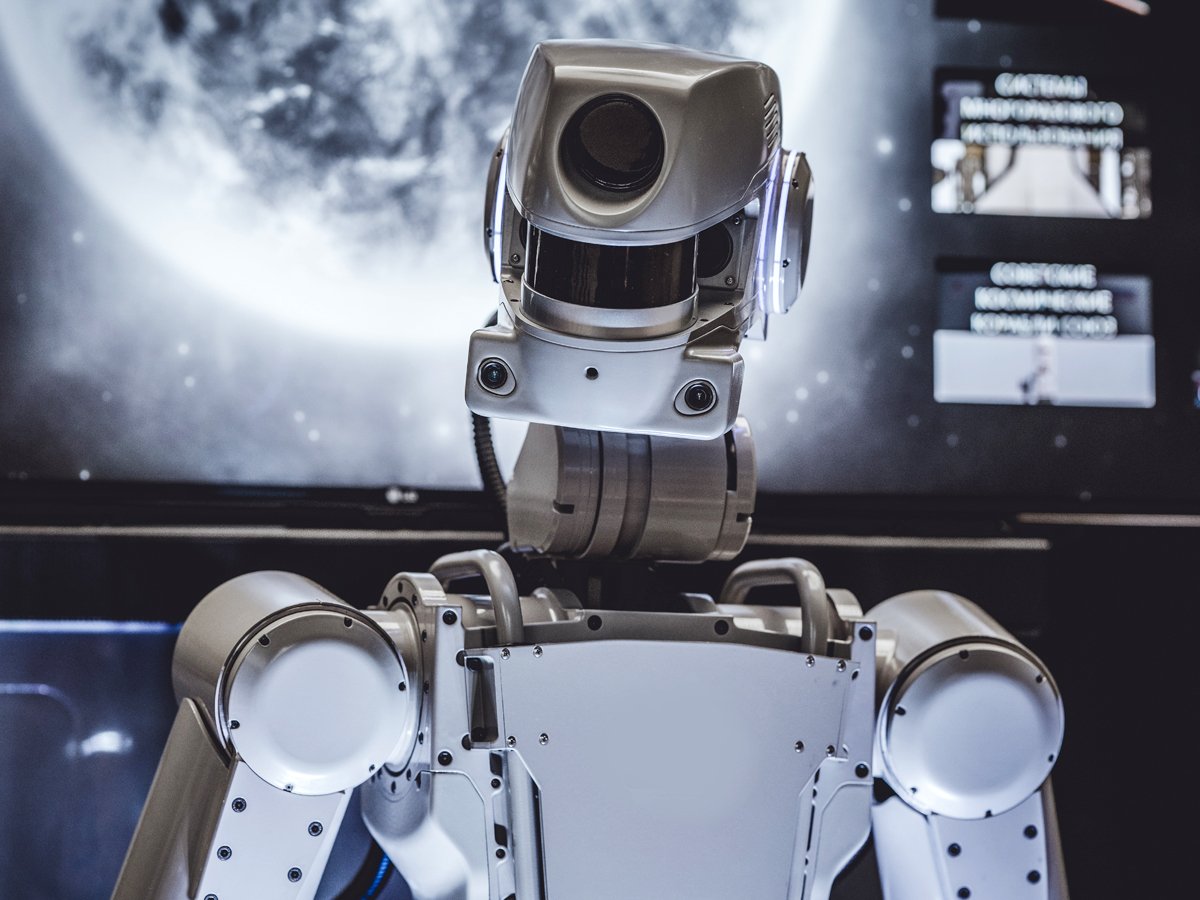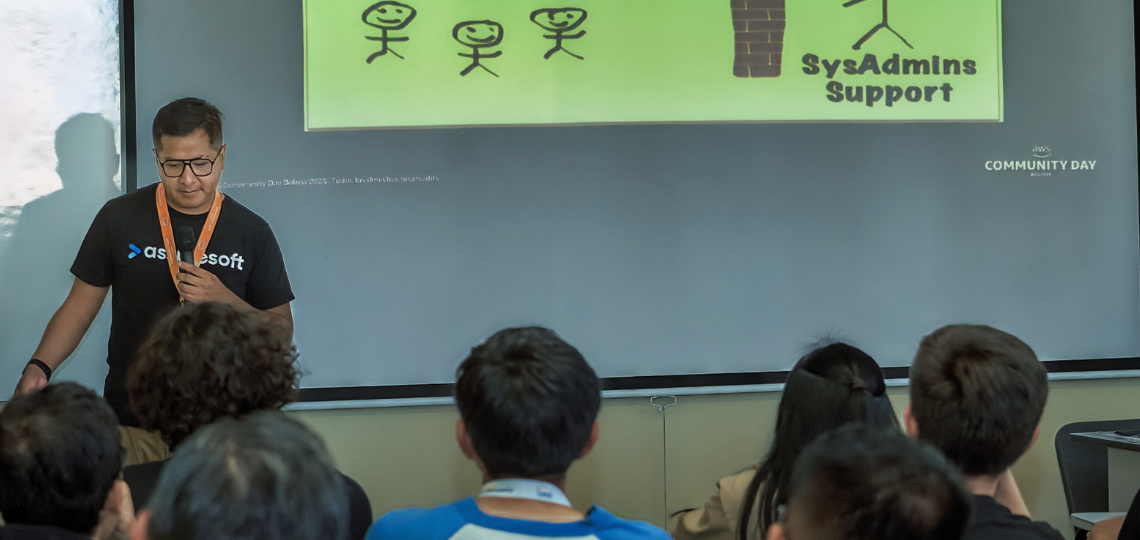The steam engine in the first industrial revolution marked an important milestone with great advances for humanity. Later, other industrial revolutions emerged that introduced changes in working methods, improved the means of communication and transportation, and, of course, gave many milestones in industrial progress in general, largely supported by constant technological advances.
According to some specialists, including Klaus Schwab, founder and director of the World Economic Forum (WEF), and author of the book: The Fourth Industrial Revolution, "We are on the brink of a technological revolution that will fundamentally change the way we live, work and interact. In its scale, scope and complexity, the transformation will be different from anything the human race has ever experienced before.
For Schwab, "an industrial revolution is characterized by the emergence of "new technologies and new ways of perceiving the world that drive a profound change in the economy and structure of society.
Therefore, to better understand industry 4.0, a term that emerged in Germany and refers to the fourth industrial revolution, the following stages were identified:
First stage (1760): The feature that marked this stage was the arrival of the steam engine in the 1760s. Manual labor was replaced in many tasks, and other new sources of energy were opened up. This change process was very important as factories grew and the advance of industrialization created a middle class of workers.
Second stage (1850): The period was characterized by progress in the chemical, petroleum, electrical and metallurgical industries. In addition, it produced great advances in the scientific and technological field as some innovations such as the telephone and the radio changed the life of people.
Third stage (1950): This marked a breakthrough in science and technology with the advent of computers, the creation of the internet and software. The third industrial revolution began to drive the phenomenon of digital transformation, and companies began to change the way they work to optimize their processes, improve competitiveness and offer added value to their customers.
Fourth Industrial Revolution
All the industrial revolutions have opened the doors to new possibilities and have surprisingly impacted the lives of all human beings, however, the fourth industrial revolution has more similarities with the third than with the first two because they are more related to technology.
The fourth industrial revolution refers to the effect of the introduction of new digital technologies on human life. The speed and intensity with which it is developing is forcing us to adapt quickly to changes. In other words, industry 4.0 focuses on robotics, the internet of things, 3D printing, artificial intelligence (AI), virtual and augmented reality, among others.
As Schwab said, "The fourth industrial revolution is characterized by a range of new technologies that merge the physical, digital and biological worlds, impacting on all disciplines, economies and industries, and even challenging ideas about what it means to be human.
Some of the most important repercussions will be in the employment area since a large number of jobs will be lost as a result of robotization and mechanization of tasks. The concept of industry 4.0 is the introduction of digital technologies in factories. According to Zvika Krieger, co-leader of the World Economic Forum's Center for the Fourth Industrial Revolution, "Companies should think about training their employees to code in new coding languages, but also to change their mix of social skills.
In conclusion, the accelerated technological change is going to require a change of culture, of social and labor adaptation. It will bring with it many opportunities for companies and countries that are prepared for these changes, and can be a worrying situation for those that are not.








